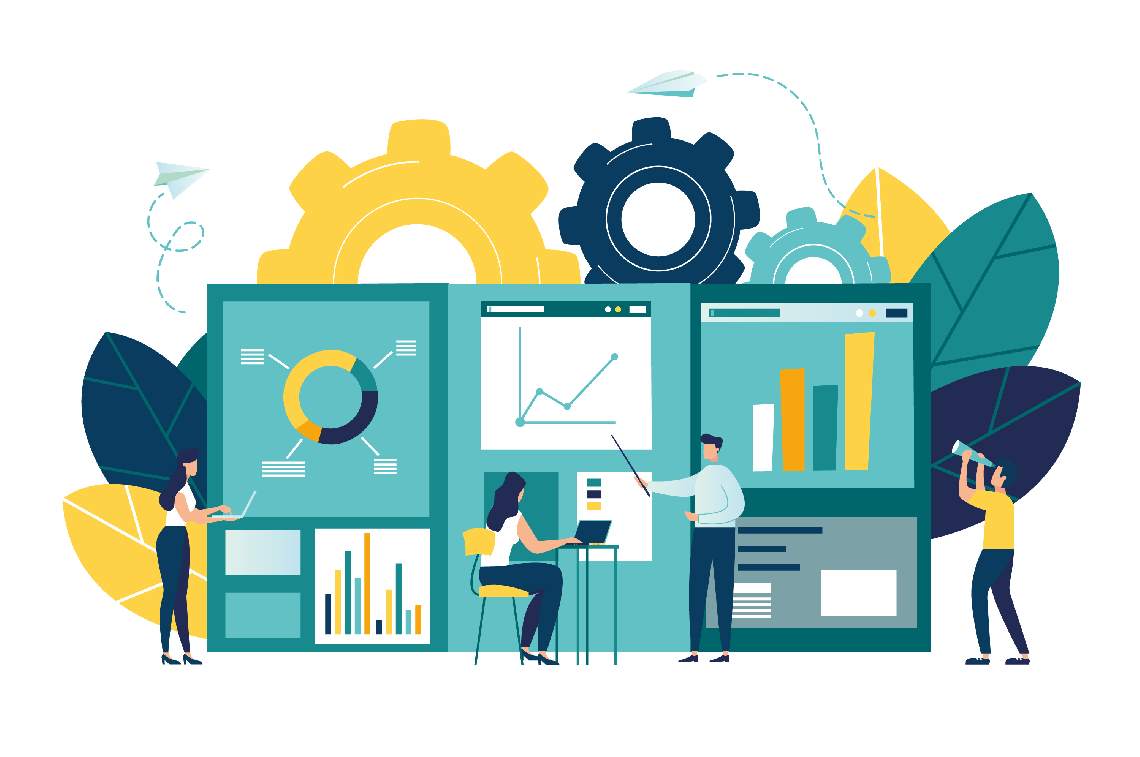- Improved Compliance
- Real Consumer Engagement
- Enable Digital Reorder
& Replenish
The Physical Web: A Simple Overview
What is the Physical Web?
The Physical Web is a Google Chrome project. It is not meant to replace or rebrand IoT but instead works in conjunction with IoT to provide people with the smoothest and most interactive experience possible. In the purest form, IoT is a bunch of connected devices, sensors, and smart objects that can connect to the Internet and the Physical Web aims to act as a buffer to help these connected devices run as efficiently as possible.
One of the most significant challenges we have experienced with IoT and connected devices is the ability to use the smart object efficiently. Most smart devices rely on an app connected to your smartphone to interact with the IoT/smart device, which can be cumbersome and inefficient. To combat this issue, there have been third-party companies that have tried to create a universal system to connect all devices and services to eliminate the issue, but the problem is these systems and apps still need to keep up with all new smart devices, which is nearly impossible.
That’s where the Physical Web and Google come into play. Their idea is to take away the concept of the app to use smart and IoT-based devices and instead of URLs. In essence, your smart connected device would broadcast URLs that any other device nearby could receive. The goal is the allow people to be near any kind of smart device and use that device without having to rely on a downloaded app on your phone.
Real-Life Example of the Physical Web
In real-life, this idea may look something like the following situation:
You get hungry, so you walk up to a smart vending machine. Your smartphone can pick up on the nearby broadcasted URLs, and you click on the URL link of the vending machine you want a snack from. From there, it would display a page on your phone that allows you to pick the snack you want and pay right from your phone. This entire process would happen on your phone’s Internet browser, such as Google Chrome, so you would not need a particular app.
This is such a significant step forward because we cannot solely rely on individual apps to use smart devices as the number of smart devices in our everyday life increase. It would be clunky and impractical to have hundreds of downloaded apps on our phone that controlled tons of different smart devices.
Issues With The Physical Web
Although the Physical Web may seem like a simple and easy to create the system, the exact opposite is true. It is a complicated process that comes with many pitfalls and issues along the way. As with any form of technology, hackers and cyber threats become a reality where personal information can be stolen from just about anyone.
Another issue Google faced with the Physical web was the initial need for people to download an app on their phone that could receive the broadcasted nearby URLs. It then progressed to Google Chrome browser getting an update that supported receiving URLs, so an app was no longer required.
However, development issues arose and there were uneven results when people and developers actually when to use the system. Eventually, the Physical Web was no longer supported by the Google Chrome browser, which has led to its demise…at least for the time being.
What is The Future of The Physical Web?
The future of the Physical Web is still unclear. A lot more work, energy, and development are needed to produce a working and functional product. Since it seems the Google has pulled out of previous efforts, we will just need to sit back and watch any future development and building unfold.

